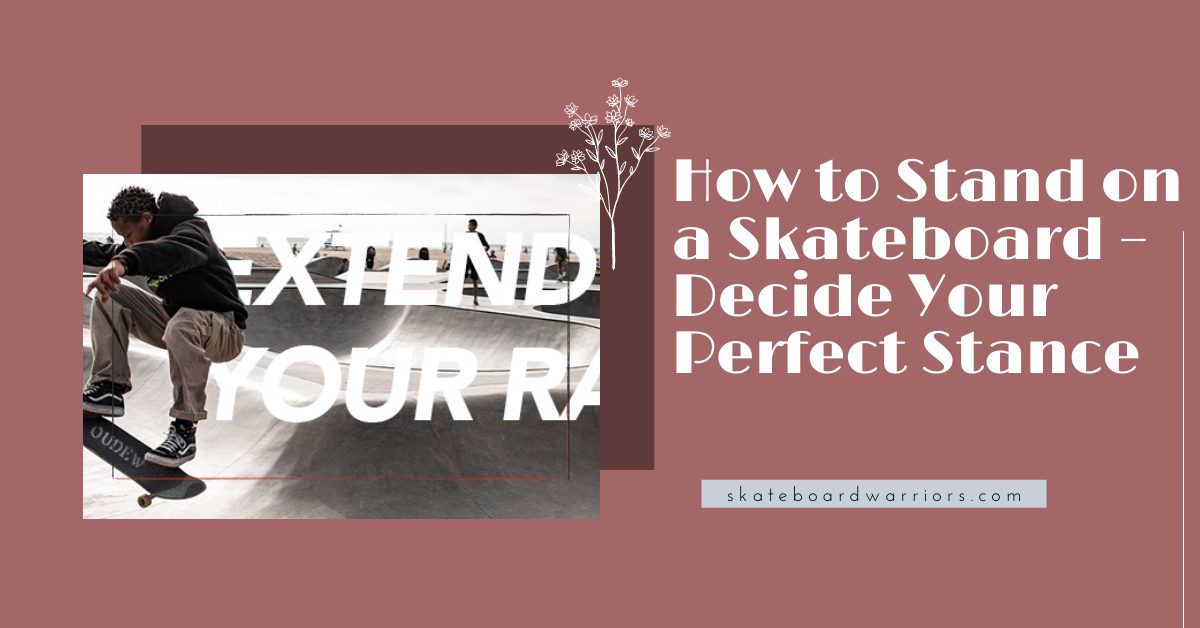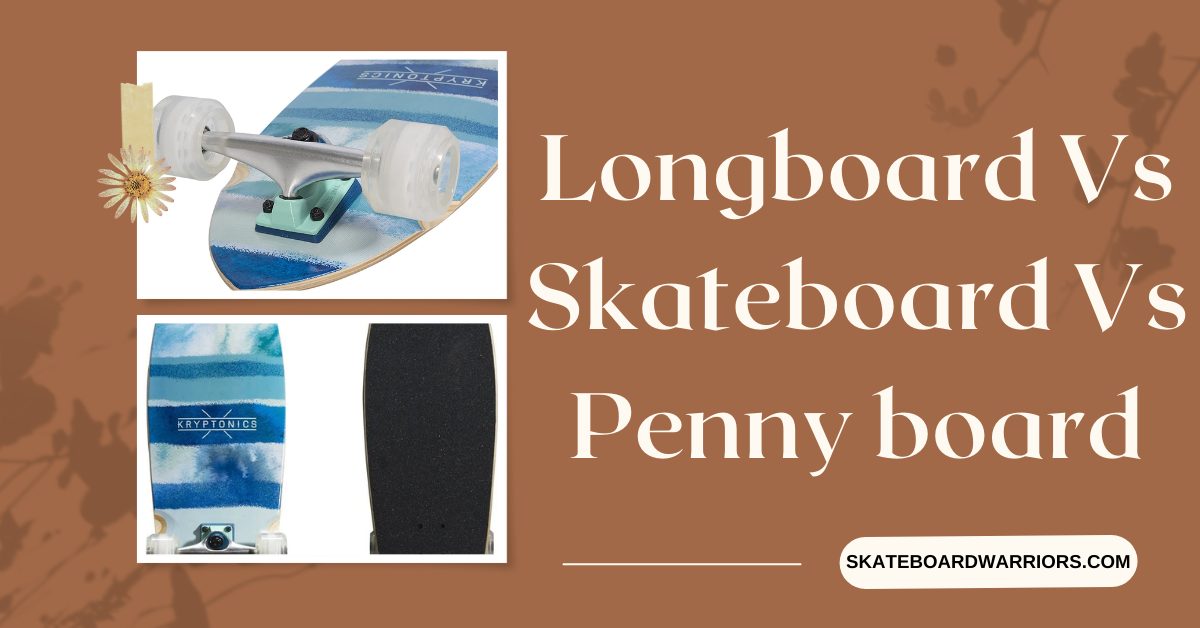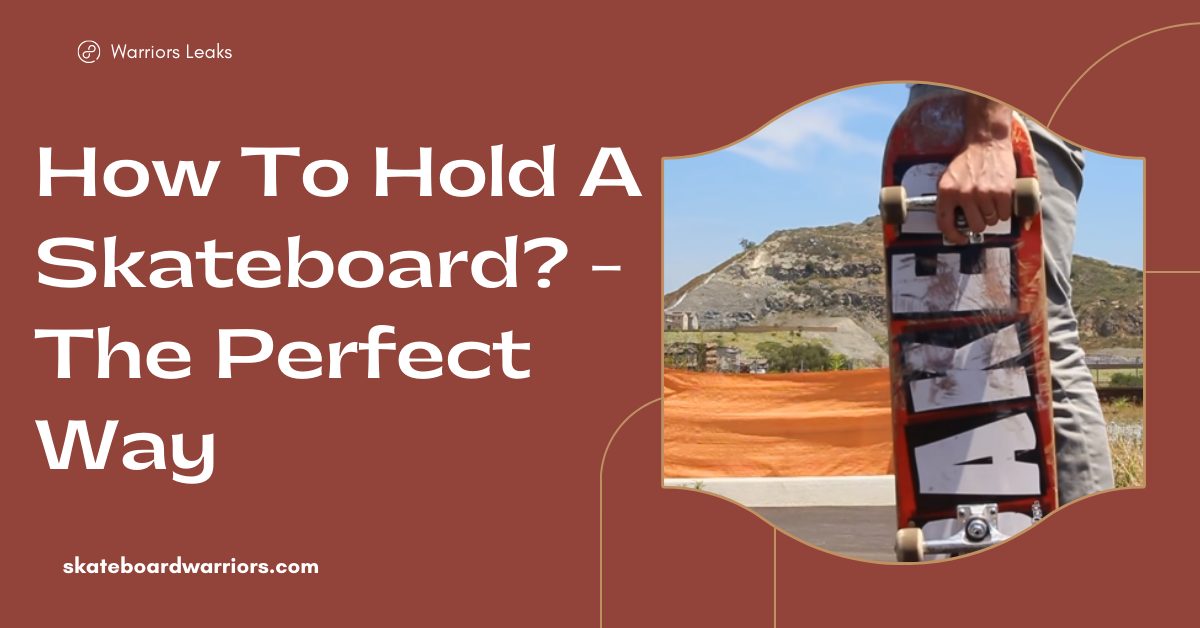How to Stand on a Skateboard in 2024- Decide Your Perfect Stance
Standing on a skateboard is easy and requires very little experience. Make sure you have the right equipment. Once you’re comfortable standing on the board, you can start practicing basic moves like turning and stopping. Just remember to take it slow at first and always wear a helmet.
You’ll need a skateboard, knee pads, elbow pads, wrist guards, and the best skateboard helmet brand.
How to Stand on a Skateboard?
To get on your board, hold it firmly with both hands and step onto the top of it with one foot – this will be your front foot. Swing your other leg over the back of the board, so you’re standing on it in a kind of ‘L’ shape. If you’re right-handed, put your right foot at the front; if you’re left-handed, put your left foot at the front.
Finding a Comfortable Stance
A comfortable stance can offer a number of benefits. For example, it can help you improve your posture, which is important to maintain good health. Additionally, it will enable you to stand with more confidence and poise, both of which are important qualities for personal success.
Regular riders put their left foot at the front of the board. Goofy riders put their right foot in that position. Once you have decided, stand on top of your board with one foot.
To stand confidently and safely on a skateboard with the most pop, it is important to have the right equipment. You will need a skateboard, knee pads, elbow pads, wrist guards, and a helmet. Additionally, it is important to find a comfortable stance that allows you to maintain good posture and confidence while riding. You can decide whether you would like to ride regular or goofy-footed, which describes the positioning of your front foot on the skateboard. Once you have selected your preferred foot placement, simply step onto the top of your board with one foot and swing the other leg over the back.
Keep your feet shoulder-width apart.
Balance your weight on the balls of your feet, with slightly more pressure on the front foot than the back. As you ride along, shift your weight from side to side and try different stances until you find one that feels comfortable for you. Finally, always wear protective equipment to ensure a safe and fun experience when skateboarding.
Bending your knees and sink your weight.
This will help you to keep your balance and maintain control over the board. Always keep your shoulders back and head up, with a strong focus on where you are going. Maintaining good posture will also help to improve your confidence while riding. Remember to protect yourself by wearing the right equipment, such as knee pads, elbow pads, wrist guards, and a helmet.
Always Point your head in the direction you’ll be moving.
This will help you stay balanced and keep control of the board. Remember to keep your shoulders back and relaxed, and your chin up. Good posture is essential for maintaining confidence while riding.
Step onto the board carefully.
Positioning your feet correctly is crucial for maintaining balance on the board. For regular riders, this means placing your left foot at the front of the board. For goofy riders, it means putting your right foot in that position. Once you have decided which stance you would like to ride in, simply step onto the top of the board with one foot and swing the other leg over the back.
Position your feet over the trucks.
You will need to position your feet so that they are evenly placed on either side of the trucks. Once you have found a comfortable stance, be sure to remain balanced on the balls of your feet and keep your weight evenly distributed.
Keep your weight on the balls of your feet.
To maintain your balance and carry a skateboard, it is important to keep your weight centered over the board. This means keeping most of your weight on the balls of your feet, with slightly more pressure on the front foot than the back. As you ride along, be sure to shift your weight from side to side and try different stances until you find one that feels comfortable for you.
Make small adjustments.
To stay in control, it is important to make small and gradual adjustments to your positioning as you ride. This can help you keep your balance, maintain a straight line, and avoid collisions with other people or objects. As you get more comfortable on the board, try leaning slightly forward and back to test out different stances and see how they feel.
Getting a Feel for the Board
As you ride your skateboard, pay attention to how it feels beneath you. Is there any movement or vibration in the wheels? Are they perfectly smooth or do they have a slight wobble? Does the board feel stable and sturdy as you stand on top of it? By getting familiar with these sensations, you will be better able to maintain control and confidence while riding.
Start off on a soft surface.
When first learning to ride a skateboard, it is a good idea to start off on a soft surface. This can help you to get the feel of how the board moves beneath your feet and will reduce the risk of injury if you lose your balance and fall. You can try skating along with grassy or sandy areas, or even on flat carpet. Once you feel confident on the board, you can move on to harder surfaces like concrete or asphalt.
Pushing off and Riding
Once you have gotten comfortable with the feel of the board, it is time to start moving! To begin skating, simply push off from the ground with one foot and glide along. As you gain speed, you can start to do small tricks like kicking the board up and catching it, or turning in a circle. Just remember to keep your balance and focus on where you are going, and you will be sure to have a great time skateboarding.
Be careful when putting your weight over the wheels.
If you are going too fast or make a sudden stop, you could easily lose control of the board and fall. To avoid this, be careful not to put your weight over the wheels when riding. Instead, try to keep your weight evenly distributed between the trucks. This will help you maintain control and stability as you ride.
Use the grip tape for traction.
The grip tape on a toddler’s skateboard is there for a reason – to provide traction! Be sure to use it when riding, especially when making sudden turns or stops. This will help you stay on the board and avoid sliding off.
Avoid the tail and nose of the board.
The tail and nose of a college skateboard are the most fragile parts. Avoid putting your weight on them, as this could cause the board to snap or break.
Be mindful of your surroundings.
When skating, it is important to be aware of your surroundings at all times. This includes other people, obstacles, and changes in the terrain. By being aware of your surroundings, you can reduce the risk of collisions and falls. Additionally, make sure to always be cautious when approaching intersections or stopping at red lights.
The Other Ways To Stand On Your Skateboard
1. Position yourself and your skateboard
Be always in a good posture and balance, this way you can easily adjust to get a better position and control over the skateboard. Place your feet about one foot apart from each other; this is where you have a comfortable center of gravity. Stance yourself with the soft part of your feet in the middle – not on the edge nor on the very tip (the ball part).
2. Choose the stance you are most comfortable with
By default, most people choose the “regular” stance – which is the left foot in front (leading) and the right foot at the back (pushing). You can also go for a “goofy” stance, which is the opposite way around – right foot leading, left foot pushing. Or you can be in between and have a “switch” stance. The switch is when both feet are in the middle of the board – very hard to balance and control, only for the most experienced riders.
3. Get your feet in the 90-degree position
Always have your feet in a 90-degree position on the deck of the skateboard. This way you can have more control over the movement and be able to do more tricks.
4. Bend your knees slightly
This is a key part of having more control over the teenager skateboard – by bending your knees, you can better adjust your body position and center of gravity.
5. Balance yourself on the board by making a slight adjustment
Make slight adjustments on your knees, feet, ankles, and hips till you remain upright.
Video Guide
Conclusion:
Stand like a pro on your skateboard by positioning yourself properly, choosing a comfortable stance, and bending your knees slightly. With this combination of techniques, you will be able to master the basics of skating and enjoy all the fun that comes with it.
People also ask
Should your feet hang off a skateboard?
An ideal foot position on longer boards would be to have both your feet between the mounting bolts – but favor standing closer to the front. If you have a shorter board like a skateboard, you want to place your front leg over the front bolts and your back leg on/over the back trucks.
Should you bend your knees on a skateboard?
While it’s necessary to have a slight bend in your knees while riding, bending your knees too much can cause you to lose balance and control of the skateboard. Keep your knees just bent and concentrate on keeping your weight centered over the board.
Is Skateboarding bad for your ankles?
The most frequent foot and ankle problems skateboarders encounter are heel bruises, flat feet, and ankle rolls. If you skateboard and want to persist doing this for some time, it is important to take care of your feet. Wash, dry, and moisten them daily.







